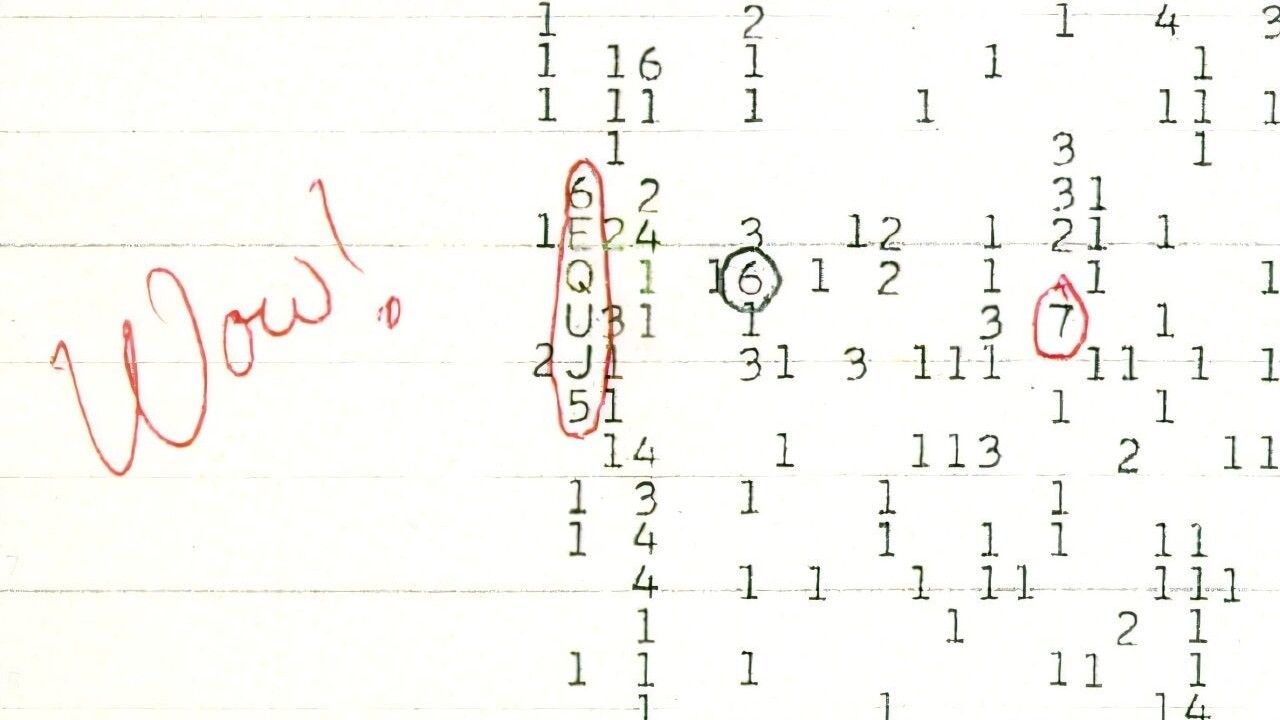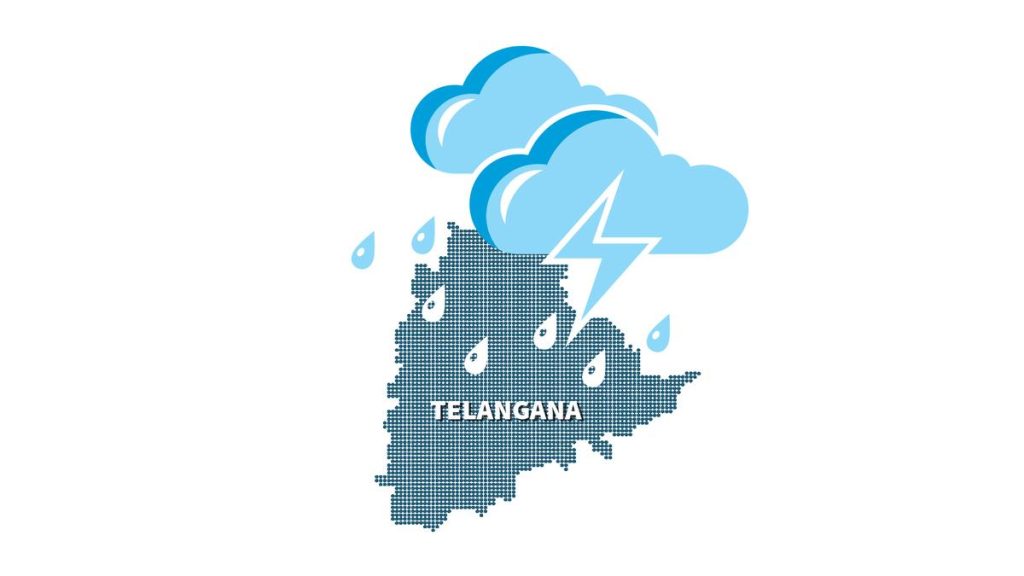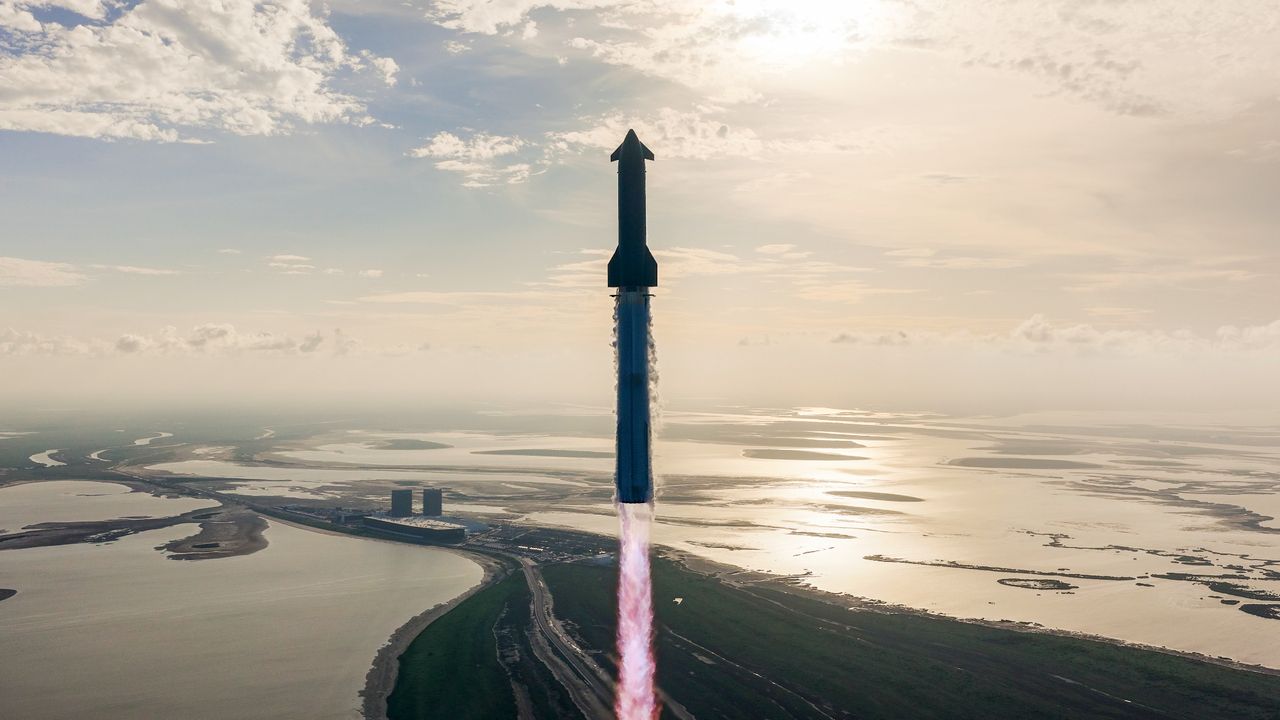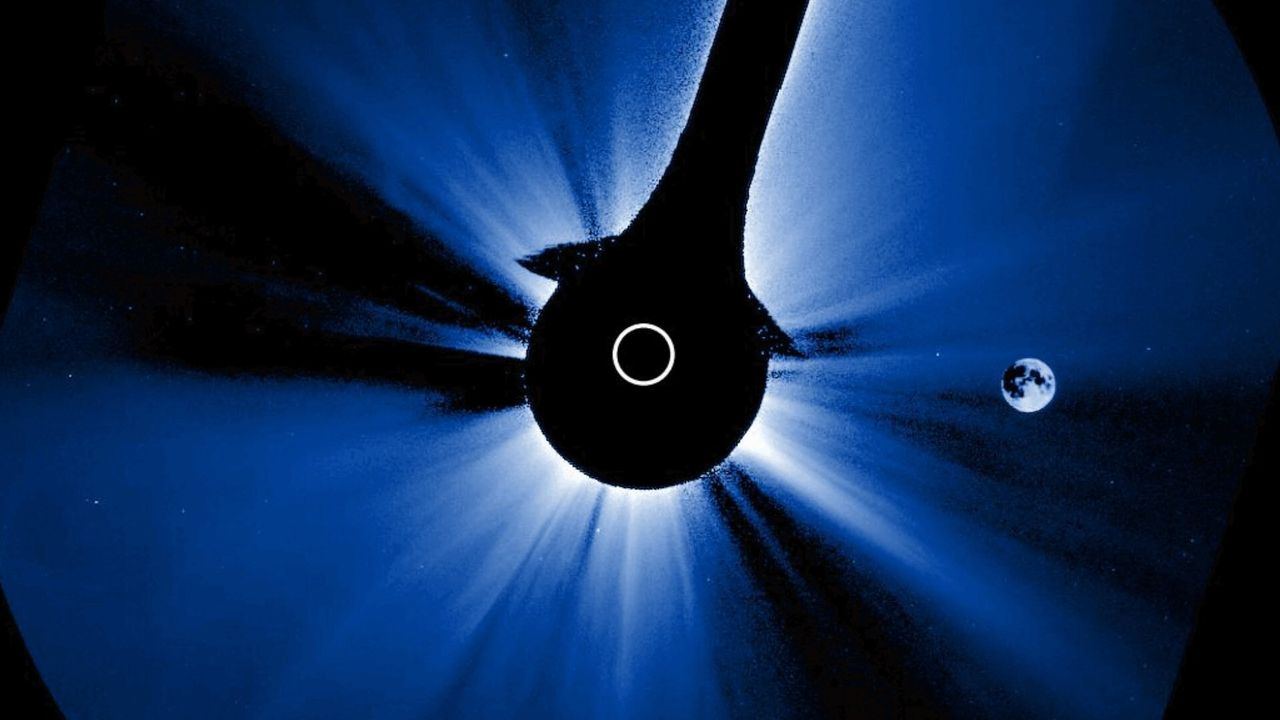Now Reading: Scientists Uncover Possible Source of Mysterious ‘Wow! Signal’ from Space
-
01
Scientists Uncover Possible Source of Mysterious ‘Wow! Signal’ from Space
Scientists Uncover Possible Source of Mysterious ‘Wow! Signal’ from Space

Swift Summary
- the “Wow! Signal,” a strong, narrowband radio signal detected in 1977 by Ohio State University’s “Big Ear” telescope as part of the SETI project, remains one of the most enigmatic cosmic events ever observed.
- Astronomer Jerry ehman discovered the anomaly and famously wrote “Wow!” on the data printout, inspiring its name.
- Researchers at the University of puerto Rico’s Planetary Habitability Laboratory are reanalyzing archival data through modern methodologies under their “Arecibo Wow!” Project. Led by Abel Méndez, they aim to uncover new clues about its origins by revising and improving its characterization.
- Preliminary findings suggest a natural astrophysical origin for the signal, such as a sudden hydrogen line brightening caused by transient radiation sources like magnetar flares or soft gamma repeaters-discounting radio interference as an clarification.
- Future publications are expected to reveal additional insights, with all big Ear data planned for public archiving by 2027 to coincide with the event’s 50th anniversary.
- Complementary citizen science efforts like Wow@Home are enabling enthusiasts to search for similar signals using small low-cost telescopes connected via free software designed for real-time detection.
Indian opinion Analysis
The continued investigation into phenomena like the Wow! Signal exemplifies humanity’s enduring curiosity about extraterrestrial life and showcases advancements in space research techniques over time. For India-home to emerging space programs such as ISRO-the lessons from persistent scientific inquiry may be highly relevant in shaping collaborative projects aimed at exploring deep space mysteries. Initiatives like India’s Astrobiology Research Center could benefit from partnerships with programs that leverage citizen science models like Wow@Home-as they democratize access while offsetting costs typically tied to large facilities.Moreover, this research highlights how scientific communities globally revise prior assumptions when equipped with modern tools-a practice Indian scientists can mirror across fields ranging from astronomy to environmental studies-to refine legacy datasets using contemporary methods.
Such explorations also strengthen prospects for international cooperation around shared ambition toward understanding our universe-a sentiment increasingly central in India’s growing role within global science diplomacy frameworks.























